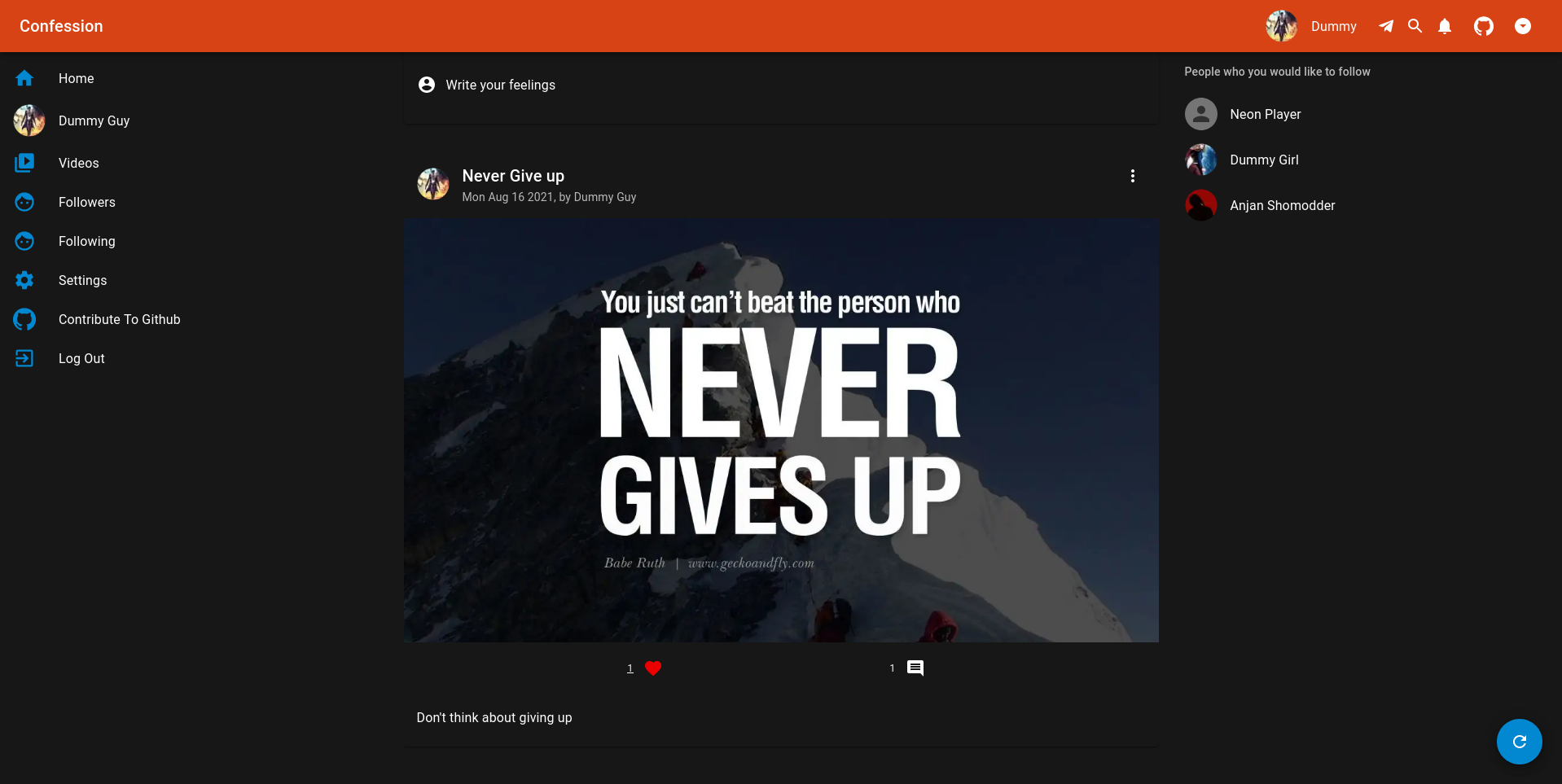What is Server Side Rendering?
Server-side rendering (SSR) is the traditional rendering system. Here the server serves the static HTML, CSS, JavaScript and other static assets. The content of the webpage is rendered by HTML itself.
In this blog, I will explain everything you need to know about server-side rendering. I have created a video about it already. Feel free to check that out. And if you like the video then don't forget to SUBSCRIBE to my channel.
How does server-side rendering work?
Abstractly There are two entities on the internet. One is the Client and another one is Server.
First, the client(browser) sends a request to the server.
Server then check the request and sends the HTML file as a response.
Browser starts parsing the HTML from top to bottom. When the parser sees the link tag for CSS it blocks the parsing process and starts downloading the CSS files. Then it starts parsing the CSS.
After the CSS parsing is completed, the parser starts parsing the HTML again. As the parser parsing the HTML, the browser dom gets pained with content. Also with styles. Because the CSS is already parsed. That is why we put the CSS link tag at the top part of the HTML.
After the dom is pained with the content, your webpage is now viewable. Then the parser comes across the script tag at the bottom of the HTML. Now the browser will start downloading the JavaScript and then will parse the JavaScript.
The JavaScript might be big and might take some time depends on how big the files are. Parsing Javascript is a heavier task than parsing HTML and CSS. That's why we put the script tag at the bottom of the HTML.
After the parsing is completed, the webpage is now both viewable and interactive.
This is a visual representation of the server-side rendering process with react.

Server Side Rendering Pros
Great SEO. Because the content is already present on the HTML.
Initial load is fast. Not the whole application data is not served by the browser. Only the necessary data for the page is sent.
User doesn't have to see a blank page on the initial load. Because the content is rendered by HTML not JavaScript.
No need for external libraries or frameworks.
Server Side Rendering cons
Frequent server calls.
Slow navigation to any routes.
Page refresh while visiting any routes (not necessarily).
Bad user Experience when data changes frequently.
So, that's all you need to know about servers side rendering I guess.
Shameless Plug
I have made few project based videos with vanilla HTML, CSS, and JavaScript.
You will learn about:
- Javascript intersection observer to add cool effects
- DOM manipulation
- Aligning elements with CSS positions.
- How to make responsive websites.
- How to create slide based webpage.
These will be great projects to brush up on your front end skills.
If you are interested you can check the videos.
You can also demo the application from here:
Please like and subscribe to Cules Coding. It motivates me to create more content like this.
That's it for this blog. I have tried to explain things simply. If you get stuck, you can ask me questions.
By the way, I am looking for a new opportunity in a company where I can provide great value with my skills. If you are a recruiter, looking for someone skilled in full stack web development and passionate about revolutionizing the world, feel free to contact me. Also, I am open to talking about any freelance project.
About me
Why do I do what I do?
The Internet has revolutionized our life. I want to make the internet more beautiful and useful.
What do I do?
I ended up being a full-stack software engineer.
What can I do?
I can develop complex full-stack web applications like social media applications or e-commerce sites. See more of my work from here
What have I done?
I have developed a social media application called Confession. The goal of this application is to help people overcome their imposter syndrome by sharing our failure stories.
Screenshot

I also love to share my knowledge. So, I run a youtube channel called Cules Coding where I teach people full-stack web development, data structure algorithms, and many more. So, Subscribe to Cules Coding so that you don't miss the cool stuff.
Want to work with me?
I am looking for a team where I can show my ambition and passion and produce great value for them. Contact me through my email or any social media as @thatanjan. I would be happy to have a touch with you.
Contacts
- Email: thatanjan@gmail.com
- linkedin: @thatanjan
- portfolio: anjan
- Github: @thatanjan
- Instagram (personal): @thatanjan
- Instagram (youtube channel): @thatanjan
- twitter: @thatanjan
Blogs you might want to read:
- Eslint, prettier setup with TypeScript and react
- What is Client-Side Rendering?
- What is Server Side Rendering?
- Everything you need to know about tree data structure
- 13 reasons why you should use Nextjs
- Beginners guide to quantum computers
Videos might you might want to watch:
